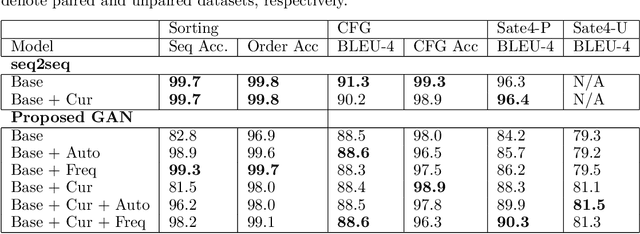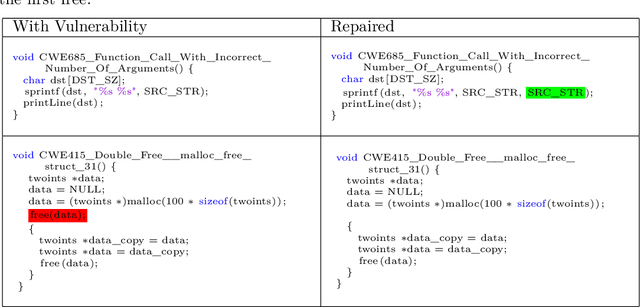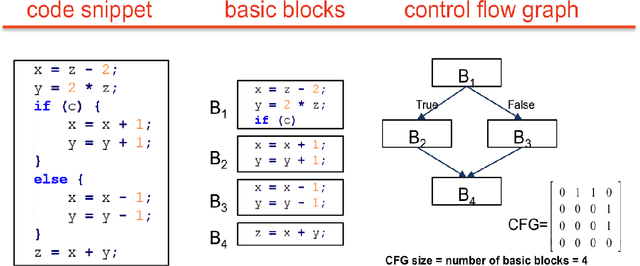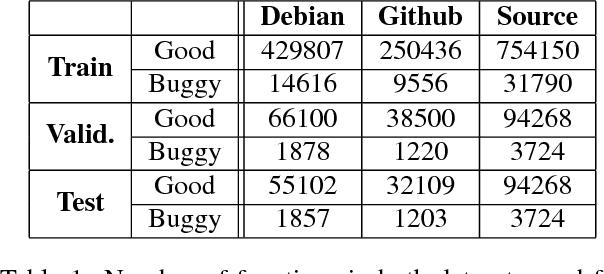Louis Y. Kim
An Iterative Feedback Mechanism for Improving Natural Language Class Descriptions in Open-Vocabulary Object Detection
Mar 21, 2025Abstract:Recent advances in open-vocabulary object detection models will enable Automatic Target Recognition systems to be sustainable and repurposed by non-technical end-users for a variety of applications or missions. New, and potentially nuanced, classes can be defined with natural language text descriptions in the field, immediately before runtime, without needing to retrain the model. We present an approach for improving non-technical users' natural language text descriptions of their desired targets of interest, using a combination of analysis techniques on the text embeddings, and proper combinations of embeddings for contrastive examples. We quantify the improvement that our feedback mechanism provides by demonstrating performance with multiple publicly-available open-vocabulary object detection models.
Learning to Repair Software Vulnerabilities with Generative Adversarial Networks
Oct 28, 2018


Abstract:Motivated by the problem of automated repair of software vulnerabilities, we propose an adversarial learning approach that maps from one discrete source domain to another target domain without requiring paired labeled examples or source and target domains to be bijections. We demonstrate that the proposed adversarial learning approach is an effective technique for repairing software vulnerabilities, performing close to seq2seq approaches that require labeled pairs. The proposed Generative Adversarial Network approach is application-agnostic in that it can be applied to other problems similar to code repair, such as grammar correction or sentiment translation.
Automated software vulnerability detection with machine learning
Aug 02, 2018



Abstract:Thousands of security vulnerabilities are discovered in production software each year, either reported publicly to the Common Vulnerabilities and Exposures database or discovered internally in proprietary code. Vulnerabilities often manifest themselves in subtle ways that are not obvious to code reviewers or the developers themselves. With the wealth of open source code available for analysis, there is an opportunity to learn the patterns of bugs that can lead to security vulnerabilities directly from data. In this paper, we present a data-driven approach to vulnerability detection using machine learning, specifically applied to C and C++ programs. We first compile a large dataset of hundreds of thousands of open-source functions labeled with the outputs of a static analyzer. We then compare methods applied directly to source code with methods applied to artifacts extracted from the build process, finding that source-based models perform better. We also compare the application of deep neural network models with more traditional models such as random forests and find the best performance comes from combining features learned by deep models with tree-based models. Ultimately, our highest performing model achieves an area under the precision-recall curve of 0.49 and an area under the ROC curve of 0.87.
 Add to Chrome
Add to Chrome Add to Firefox
Add to Firefox Add to Edge
Add to Edge